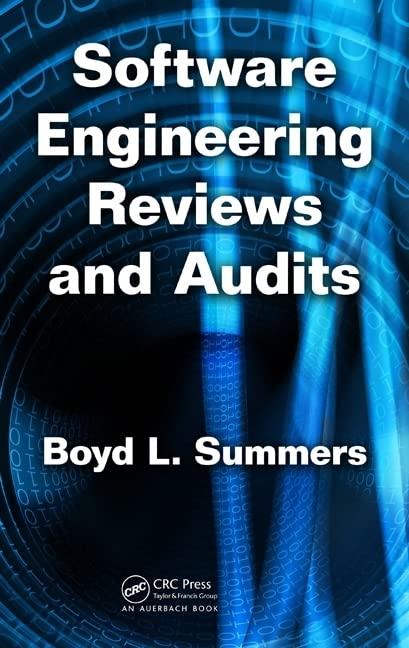Question
Northwest Building Products (NBP) manufactures two lumber products from a joint milling process: residential building lumber (RBL) and commercial building lumber (CB) A standard production
Northwest Building Products (NBP) manufactures two lumber products from a joint milling process: residential building lumber (RBL) and commercial building lumber (CB) A standard production run incurs joint costs of $450,000 and results in 80,000 units of RBL and 120,000 units of CB. Each RBL sells for $10.00 per unit and each CB sells for $12.00 per unit.
| Data for analysis: | ||||
| Joint costs, standard production run = | $450,000 | |||
| Output (units), standard production run: | ||||
| MSB = | 80,000 | |||
| CBL = | 120,000 | |||
| Selling prices per unit: | ||||
| MSB = | $10.00 | |||
| CBL = | $12.00 | |||
| Separable processing costs: | RBL | CB | ||
| Part 1 | $0.00 | $0.00 | ||
| Part 2 | $0.00 | $0.00 | ||
| Part 3: | ||||
| Separable process costs | $100,000 | $200,000 | ||
| Lost units (no value) | 10,000 | |||
| Sales value/unit, after furth proc | $5.00 | $10.00 | ||
Required
1. Assuming that no further processing occurs after the split-off point, how much of the joint costs are allocated to commercial lumber (CB) on a physical measure method basis?
2. If not further processing occurs after the split-off point, how much of the joint cost is allocated to the mine support braces (RBL) on a sales value basis?
3. Assume that the CB is not marketable at split-off but must be planed and sized at a cost of $300,000 per production run. During the process, 10,000 units are unavoidably lost and have no value. The remaining units of CBL are salable at $14 per unit. The RBL, although salable immediately at the split-off point, are coated with a tarlike preservative that costs $200,000 per production run. The braces are then sold for $12 each. Using the net realizable value basis, how much of the completed cost should be assigned to each unit of CBL?
4. Should NBP choose to process the RBL beyond split-off? What would be the contribution if it did so?
Solution:
| #1 | |||||
| Percent of Total | RBL | CB | Total | ||
| Joint Cost Allocation | |||||
|
| |||||
| #2 | RBL | CB | Total | ||
| Sales Value | |||||
| RBL | CB | Total | |||
| Allocated Joint Costs | |||||
| #3 | RBL | CB | Total | ||
| Total Joint Cost | |||||
| RBL | CB | Total | |||
| Net Realizable Value | |||||
| RBL | CB | Total | |||
| Total cost | |||||
| Total cost per unit |
Step by Step Solution
There are 3 Steps involved in it
Step: 1

Get Instant Access to Expert-Tailored Solutions
See step-by-step solutions with expert insights and AI powered tools for academic success
Step: 2

Step: 3

Ace Your Homework with AI
Get the answers you need in no time with our AI-driven, step-by-step assistance
Get Started


